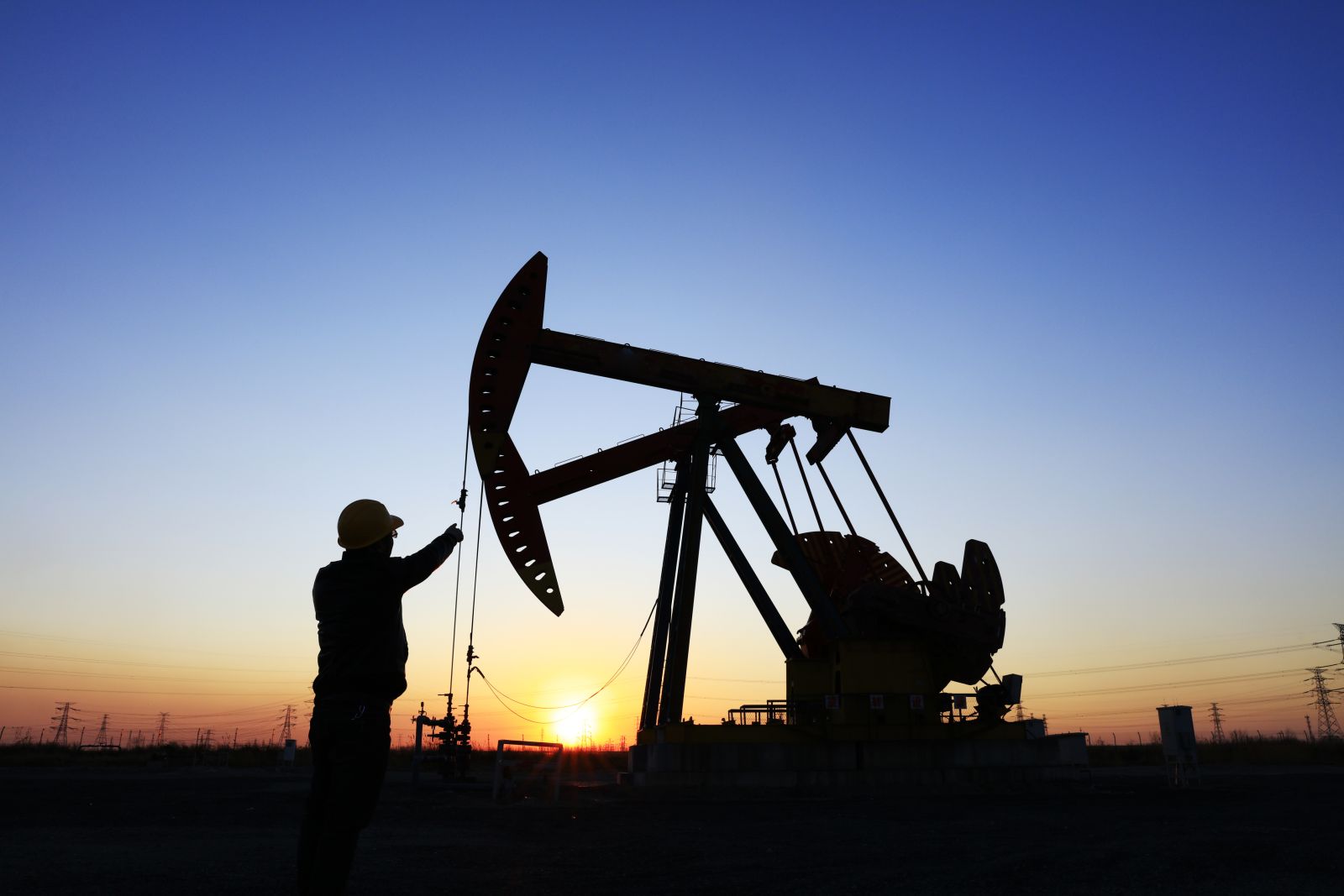
Did you know that unconventional oil production – U.S. shale – was the only source of growth in global non-OPEC oil supply over the last 12 years?
And currently, the only growing non-OPEC basin is the Permian Basin in West Texas. Never before has global oil supply growth been so geographically concentrated. A mere six counties in West Texas are now 100% responsible for all non-OPEC global production growth.
Here's the bad news. . . . .
US Shale Industry Slowing
The U.S. shale industry is slowing dramatically, thanks to a weakening of oil and natural gas prices. In other words, production growth will stall at a time of rising demand.
Global energy demand rose 1% last year, with fossil fuels still accounting for 82% of energy supply, the industry's Statistical Review of World Energy report said June 26.Evidence of stagnating activity in the shale patch is clear and mounting. A survey by the Federal Reserve Bank of Dallas of 150 oil and gas firms in its region posted a score of zero for business activity growth in the second quarter. It was the lowest score since 2020, when an oil price crash during the pandemic forced companies to slash headcounts and idle drilling rigs.
Michael Plante, senior research economist and adviser at the Dallas Fed, summed it up: “Weak oil and gas prices” and “high costs” had “brought growth in oil and gas activity to a standstill in the second quarter”.And the trend is continuing. The latest numbers, released on June 23, showed that the number of drilling rigs deployed across the country had fallen for the eighth week in a row to just 682 rigs, according to the oilfield services giant, Baker Hughes. That is down more than 100 rigs over the past six months.
Among the factors weighing on the shale patch’s ability to grow are still falling oil and gas prices, worker shortages, and escalating costs for everything from well casing to pressure pumping equipment.One oil executive surveyed by the Dallas Fed said, “Expenses for everything have increased dramatically, while . . . prices remain weak.” With the average producer needing an oil price of $66 a barrel to break even this year – according to HSBC – the current oil price of $69 is barely enough for many drillers to turn a profit.
The optimists point out that oil companies are able to produce more oil with fewer rigs. However, data from the U.S. EIA (Energy Information Administration) has shown a sharp decline in new oil production per rig, as output from once prolific basins (like Eagle Ford) slides.U.S. oil production, which soared by almost 2 million barrels a day at the height of the shale revolution between 2018 and 2019, is set to grow by a mere 200,000 barrels per day over the next 12 months — with practically all of that growth coming from the Permian Basin.
So how can you invest in the energy industry under current conditions?
Go with oil companies that are forecasting healthy cash flows for the next several years. Here is just one example.
Hess' Cash Flow Gusher
Hess Corporation (HES) expects an increase in cash flow of 25% per year for the next five years, with oil remaining about $75 per barrel. This was the message from CEO John Hess at the JP Morgan Energy, Power and Renewables conference on June 22.
Hess added that up to 75% of that annual free cash flow will be returned to shareholders. Hess' current yield is 1.33%.
The company's impressive low-cost upstream portfolio should make most peers jealous. Hess' crown jewel is a 30% stake in Guyana' Stabroek block, operated by Exxon Mobil (XOM). The resource is estimated to have at least 11 billion barrels of recoverable oil equivalent. It will account for 2% of global oil supply by 2030.
Hess expects oil production from the next three platforms planned for Guyana to exceed designed capacity. The first two production vessels can reach a combined peak production of 400,000 barrels per day of oil and gas, against a designed capacity of 340,000 bpd, thanks to reservoir performance. If the expectation for the next three platforms is confirmed, total production would exceed the 1.2 million barrels per day of oil and gas projected by 2027.
I think that Guyana represents significant growth opportunities for Hess and see view some of its other regions (such as the Bakken and Gulf of Mexico) as just ancillary pieces that provide the cash flow needed to underwrite its efforts in Guyana, which account for 46% of its 2023 capex budget.
Hess stock is up 23% over the past year, but is down 2% year-to-date. I believe it is a buy in the $125 to $140 range.








